When I learned to taste wine — sampling different versions of the a variety of a wine side-by-side, glasses lined up in a row with a scribbled pad of notes alongside — I learned to taste ANYTHING. An essential principle was at work: the simplest way to learn the flavor possibilities of a food or beverage is to compare versions of it side-by-side in one sitting, whether it be chocolate (how does Valhrona 70% cacao stack up to Scharfenberger?); ham (how does prosciuto di Parma compare with San Daniele or a Spanish serrano?), or even colas: Coke Pepsi, Diet Coke, Diet Pepsi?) In a side-by-side tasting, the flavors and textures of one sample illuminate those of another.
When I wanted to understand the flavor profiles of Darjeeling tea, I set up my own private tasting.
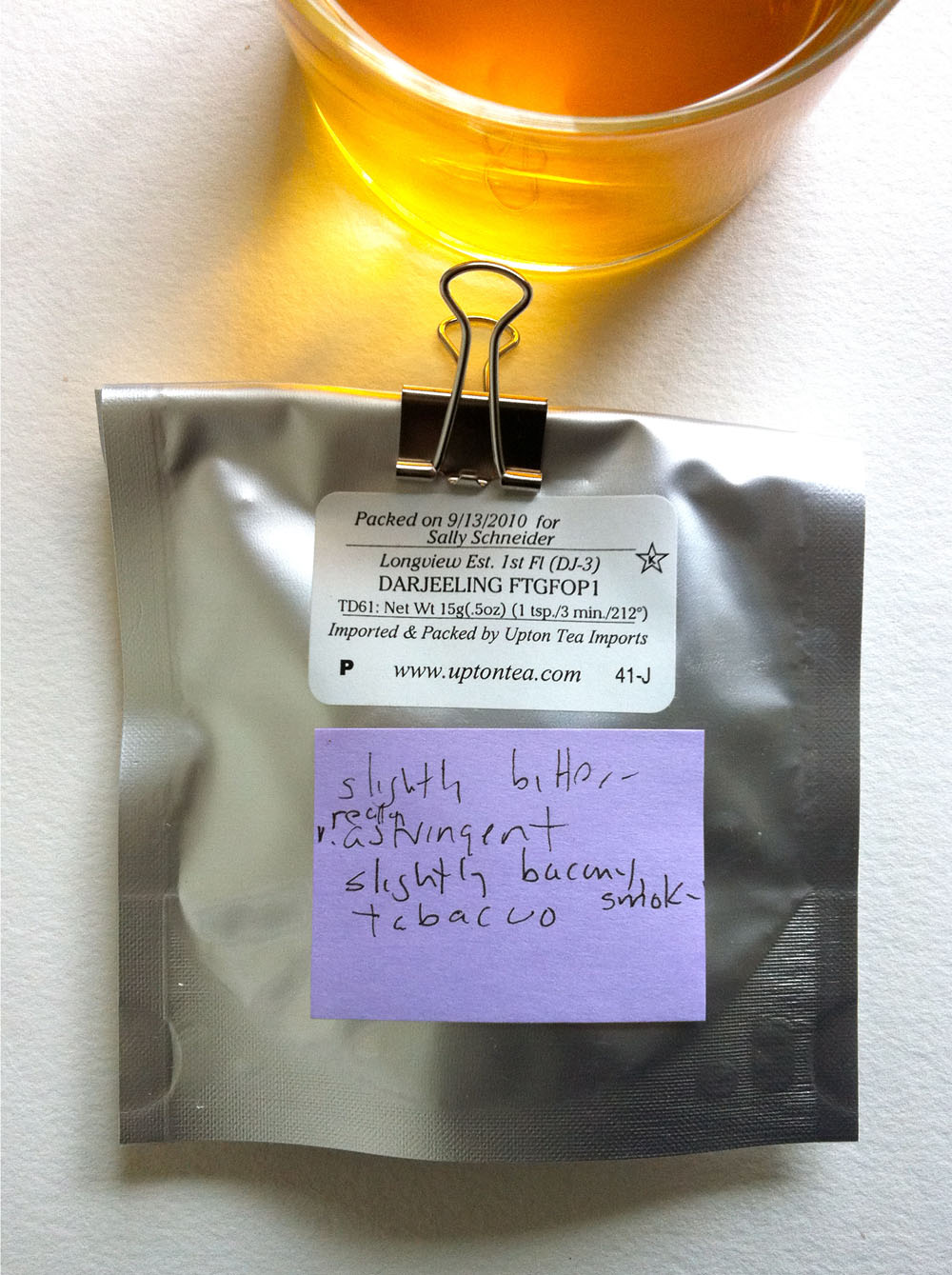
My favorite tea purveyor, Upton Tea Imports, sells sample-size packets of all its teas. After reading descriptions of the season’s Darjeelings in their catalogue I ordered samples of the ones that interested me. When they arrived, I set about to create a tasting, using basic scientific testing principles. I set out a series of vessels, filled each with 2 teaspoons of loose tea, and steeped them each in 1 cup of water that had been brought to a boil and allowed to cool down for 30 seconds. Each tea was steeped for 3 minutes, then strained into a clean vessel (the vessels were identical because the shape and size of the cup or glass can affect how we perceive flavors). Then I started tasting the teas.
As I tasted each tea, I jotted notes on a post-it and stuck it on the sample’s package. After tasting 9 teas, my palate began to get ‘blind’; it needed a rest. I returned an hour or so later to taste the teas again. Tasting them slightly cooled would reveal flavors somewhat differently. Gradually, I not only got to know the range of flavors typical of Darjeeling teas, but I got to know my own preferences, the balance of astringency I preferred, particular floral notes…
I stored my collection of active samples — along with clips for sealing the packages, post-it notes and a pen — in a Chanel box paper artist Matthew Sporzynsky had given with a gift. Over the course of several days, I would taste some of the teas again, continueing to notate my findings.
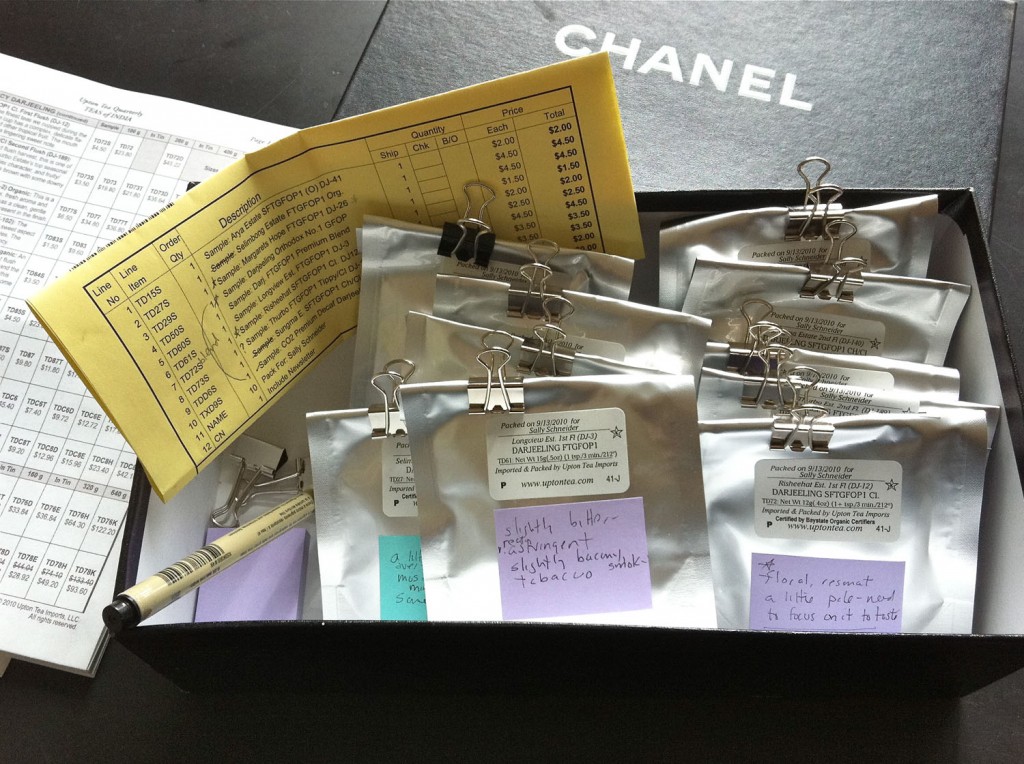
When I taught cooking classes to novice cooks, the first thing I did was teach them to taste the everyday ingredients they would be working with, so they’d know the difference between heavy cream, creme fraiche, sour cream, low fat sour cream; an organic cultered butter and vin ordinaire Land o’ Lakes; cooking chocolate (taste Hershey’s semi-sweet chocolate chips and Valhrona side by side and you’ll GET why the cake made with Valhrona will blow everyone out of the water); olive oils and so on. It not only gives you an understanding of each ingredient, it anchors a palette of flavors and textures in your mind because you’ve experienced them for yourself.
The more memorable tastings I’ve experienced include olives, bourbons, coffees, tomatoes, rices, sea salts, and rare long-aged balsamic vinegars…

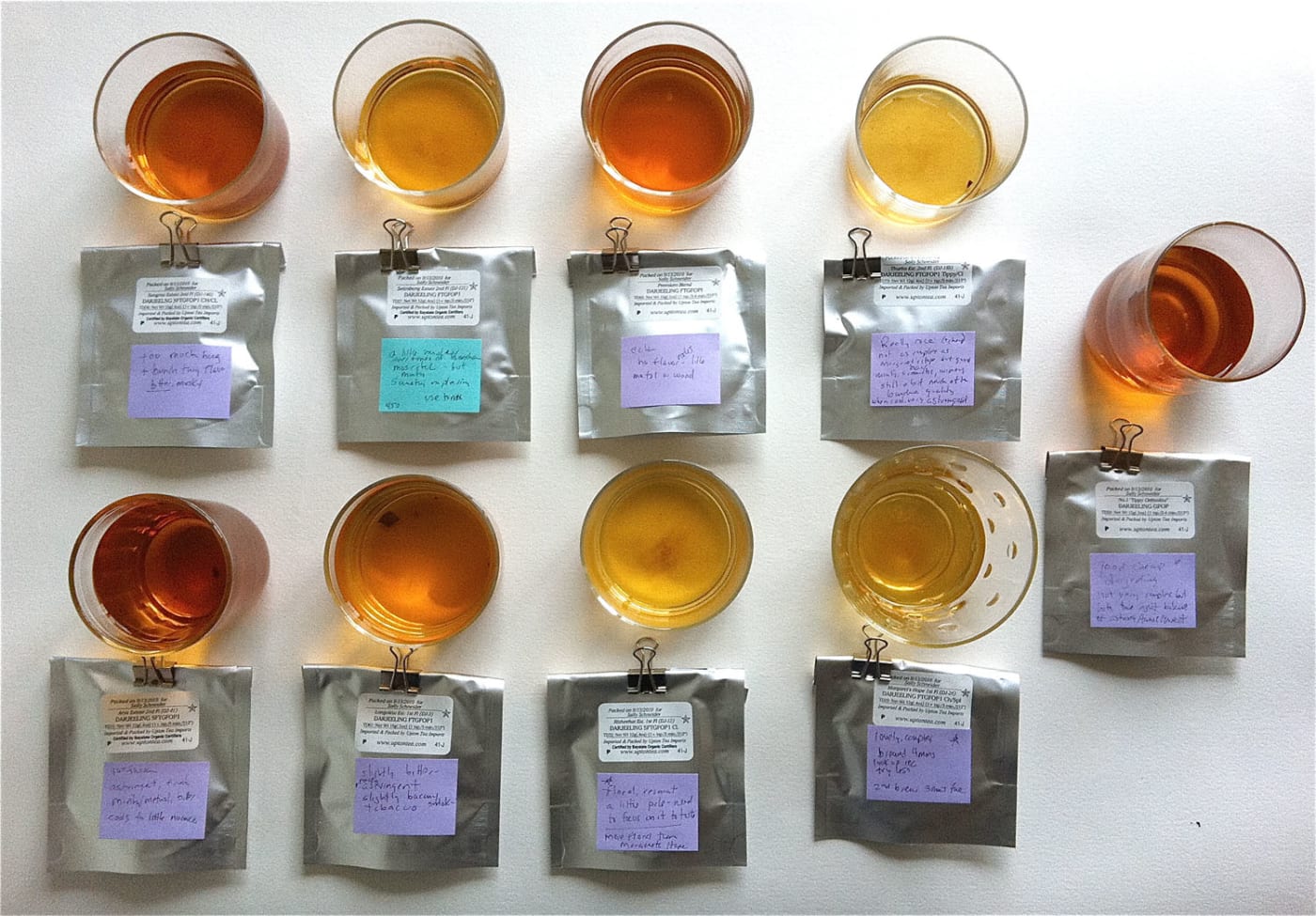
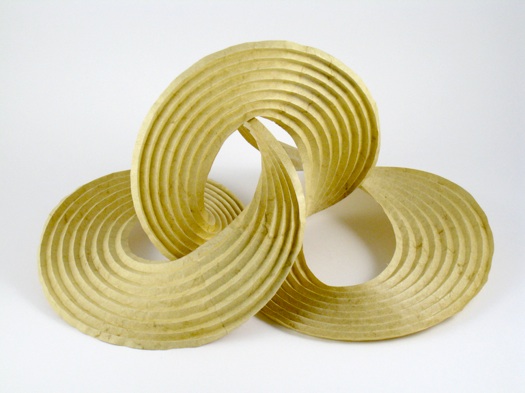
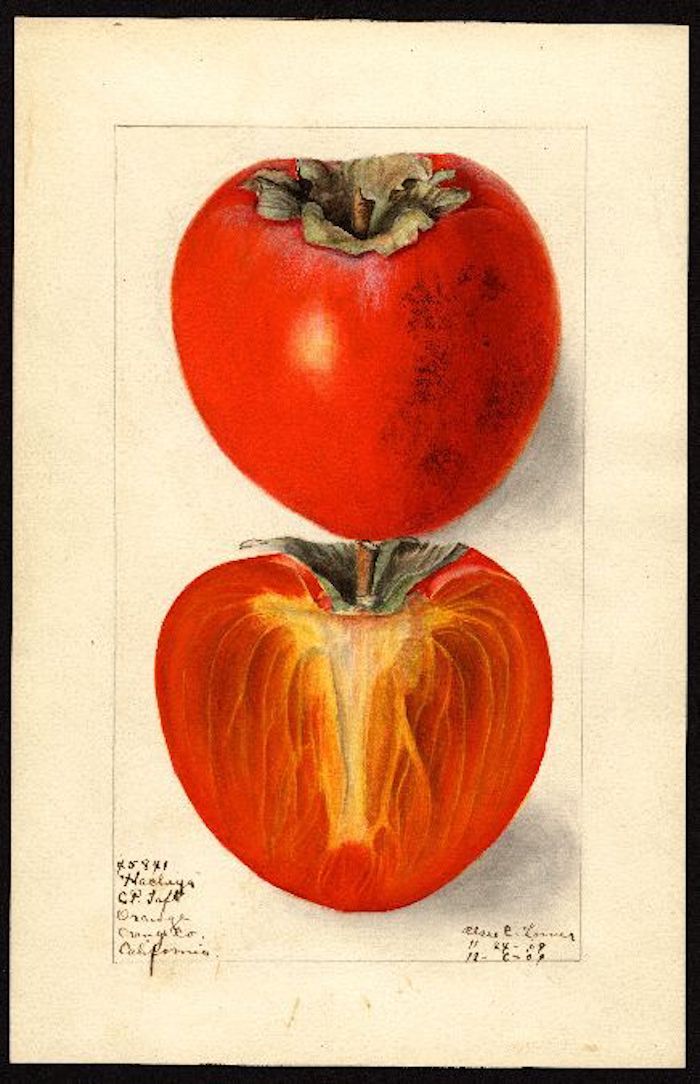
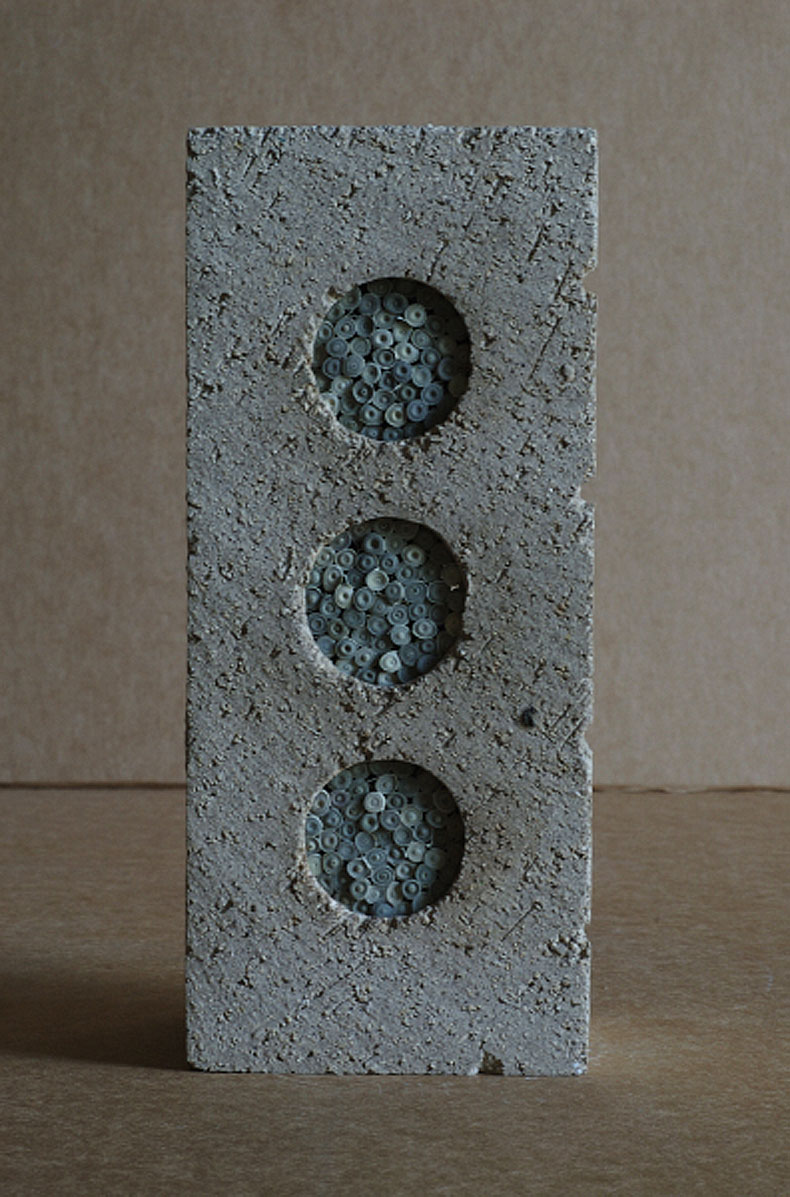
A playful way to expand my horizons. And help my discoveries stick with me. Thx.